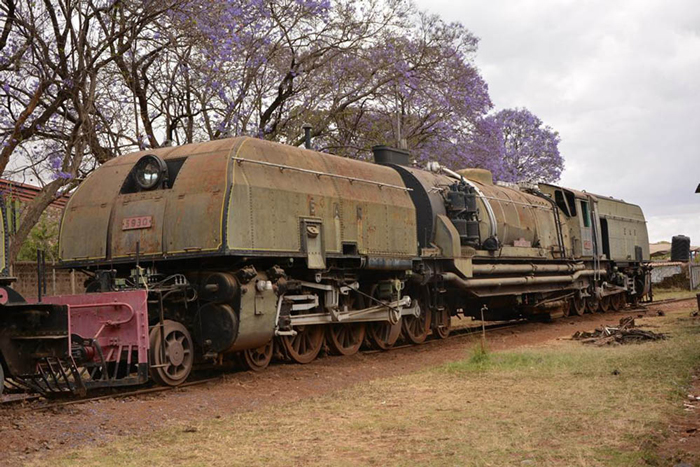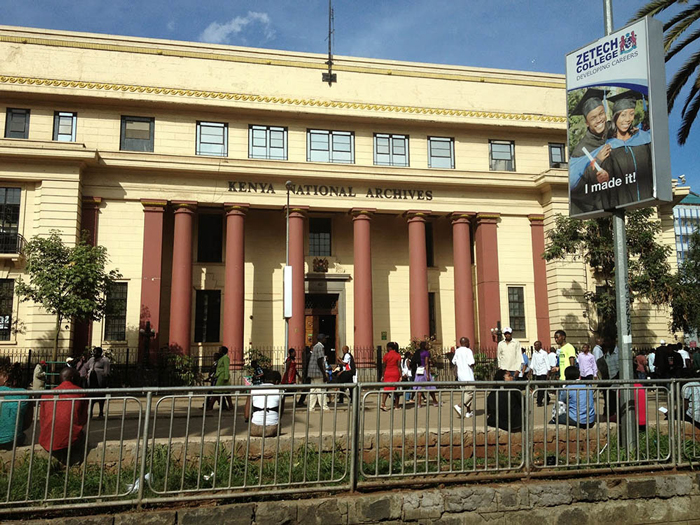Nairobi is Kenya’s principal economic, administrative and cultural centre, with a vibrant culture, fabulous restaurants and exciting nightlife. But the rich cultural heritage, as displayed in these three Nairobi museums, is also another fascinating aspect of the city.
So if you are on a visit to Kenya’s capital city and looking to venture out of your hotel for a few hours or so, here’s a list of four amazing Nairobi museums within the city CBD that will definitely be worth your while.
These museums provide evidence of the city’s historical significance and also the cultural richness of Kenya and Nairobi in particular.
The Nairobi National Museum
The Nairobi National Museum is situated on Museum Hill road, five to ten minutes away from the CBD and accessible both by public and private means. It is the perfect one-stop for visitors, presenting them with Kenya’s rich history, nature, culture and contemporary art.

The museum houses an extensive ornithological collection representing most of Kenya’s thousand-odd species of birds. The Geology Gallery contains a great deal of interesting information on plate tectonics and the life cycle of volcanoes, which is particularly relevant to the Rift Valley regions. The Gallery of Contemporary East African Art is an exhibition area where artists from East Africa display their artwork. The Prehistoric Gallery houses the palaeontology exhibits, highlighting the East African region as the cradle of mankind.
Also within the grounds are the famous snake park, botanical gardens and nature trail. Not forgetting an excellent cafe that serves some of the best coffee in Nairobi and hosts occasional performances too.
The Nairobi Railway Museum
Nairobi, and to an extent the nation of Kenya, owe their very existence to the Uganda Railway. The outcome of the railway is aptly described by Sir Charles Elliot, a senior British official at the time, with the words, “It is not uncommon for a country to create a railway, but it is uncommon for a railway to create a country.”

The construction of the railway linking the East African coast to Uganda at the beginning of the 20th Century is a story of grand vision, tragedy, and triumph over enormous odds in the quest to effectively administer the British Protectorate of Uganda and control the source of the River Nile. The railway achieved notoriety in the 1900s when ‘the man-eaters of Tsavo’, a pair of rogue man-eating lions, preyed gruesomely on numerous railway construction workers at a section of what is now the Tsavo National Park. The railway took five and a half years from 1886 to 1901 to be completed. The construction took a heavy human toll, a total of 2,493 lives, 38 per month, or five people for every 2km were lost.

The Nairobi Railway Museum has a collection of photographs from the above period, including historical pictures of Nairobi from its infancy, and images of other occurrences and milestones during the railway construction. Numerous artefacts from the early years of the railway operation are also on display. The museum also has a yard with exhibits of the different steam engine locomotives used on the railway system from 1898 when the first train set off on its maiden voyage from Mombasa. One of these, the 59 or ‘Mountain’ class locomotive weighs 254 tons and is reputed to have been the most powerful metre-gauge locomotive ever built, capable of moving 1,200-ton trains in one trip. Another one is the carriage in which Charles Ryall was sleeping in 1900 when a lion seized him through the window, broke his neck and dragged him to his death. Other exhibits include a sample water crane similar to those used at various water stops and stations along the railway line.
Situated off the Uhuru highway close to the CBD, the Nairobi Railway Museum is an informative and engaging destination that should not be missed.
The Kenya National Archives
A repository of some of Kenya’s most significant cultural, political, social, and academic history, The Kenya National Archives is situated on Moi Avenue in the Central Business District, a stone’s throw away from the Nairobi Hilton Hotel.

One of the major attractions in the archives is the arts and crafts collection of the Late Joseph Murumbi, a former vice-president of Kenya. The collection consists of an array of traditional tools and artefacts from different parts of the African continent. The collection includes drums, weaponry, cowbells, traditional attire, tapestry, furniture and cooking implements among others. Notable in the collection is a variety of traditional African sculptures whose aesthetic became a powerful influence and inspiration to the world’s most celebrated artists such as Pablo Picasso, Henri Matisse and Amedeo Modigliani.
The Kenya National Archives leads in the preservation of Kenya’s heritage and history. You also get to see the rich diversity of cultures in Kenya, with its 42 ethnic groups’ history, traditional artefacts and utilities on display. Records, reports, and diaries of the Church Missionary Society (CMS) dating back to the 17th century are among millions of rare and unique publications under the custody of the Kenya National Archives.
Every October, the Kenya National Archives holds a Heritage Week, during which members of the public are allowed access for free – a push towards helping more people discover its records and books, among other cultural documents. Use that as a reason to visit these three Nairobi museums.
The Karen Blixen Museum
Set in the serene suburb of Nairobi, the Karen Blixen Museum provides the most comprehensive insight into this remarkable woman who was made famous by the movie ‘Out of Africa’ about her life in Kenya.
The Museum is located in a tranquil garden and indigenous forest, with a splendid view of Karen’s beloved Ngong Hills. The well-maintained gardens offer a wonderful setting for weddings and corporate events. A museum shop offers many souvenirs, including handicrafts, posters and postcards, the Movie ‘Out of Africa’, books and other mementoes.
 Find out about Kenya for your next African safari – find a ready-made safari or ask us to build one just for you.
Find out about Kenya for your next African safari – find a ready-made safari or ask us to build one just for you.
To comment on this story: Login (or sign up) to our app here - it's a troll-free safe place 🙂.![]()






